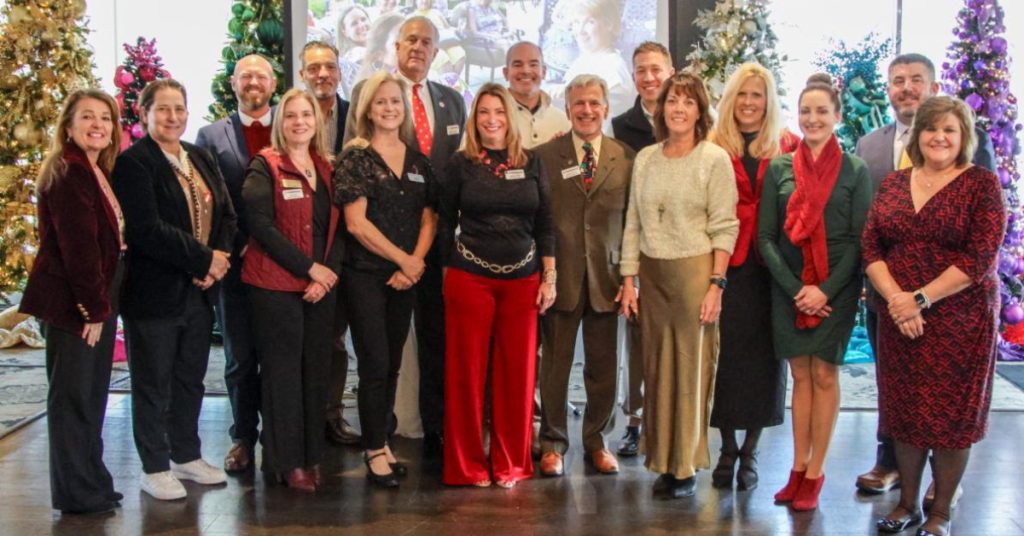How can we enhance it, and what happens if we don't?
by Leigh Morris
I've been exploring the changing nature of the interaction between the public and private sectors at the community and regional levels, and I've come to four conclusions: Effective interaction between the public sector and the private sector has never been more important; the quality and quantity of this interaction has diminished in our region; some of that diminution may be unavoidable, but there are significant opportunities for us to enhance it; and if we don't enhance it, our region and our individual communities will probably continue to lag in economic growth and vitality.
Until 2004, my entire working life was in the private sector, first in retail, then in manufacturing, and finally for nearly 30 years as a hospital and health system CEO. I've always been active in community leadership, but for most of that time, I had only minor interaction with public sector leadership.
Toward the end of my health care career, I began to be aware that the capacity to fulfill the mission of the hospital system I led was impacted significantly by decisions made in the public sector. As a result I realized that I needed to foster greater connectivity and interaction with elected and appointed governmental officials. I went on to become mayor of my city and a whole new vista opened to me as I tried to rationalize my private sector experience and expectations with public sector realities and limitations.
For the past several years, I've been very active in economic development at the local, regional and state levels. This has given me another perspective on the importance of effective and collaborative leadership in the public and private sectors. It has also highlighted some issues that have significant impact on those leadership roles.
First, let's look at the public sector. In Indiana we are essentially operating with an 1853 model of local government organization. It is essentially a creature of state government, with little “home rule.” At the county level, responsibilities are spread among a plethora of independently elected officers with little overall coordination.
Although the structure and function of public sector governance has remained relatively static, the private sector has gone through immense change. The shift away from local ownership and empowered local management has significantly reduced engagement in community and regional leadership. Globalization has taken much of the focus from local and regional relationships.
Competitive and financial pressures have resulted in significant organizational and staffing changes. In many cases, the philanthropic support provided by the private sector for local and regional causes has vanished or diminished sharply, and many feel this is because business and industry no longer feels a sense of community ownership or loyalty.
Christopher Gates, president of the National Civic League, has argued that if communities are to counteract the environment of dysfunctional politics and address local problems, all sectors of a community need to work in concert toward common ends. He made it clear that public-private partnerships alone can't be expected to resolve local problems.
With business becoming more national and international in scope, it is subsequently less connected to local concerns.
So, what is all of this saying to us, here and now in Northwest Indiana? Clearly the interaction of public- and private-sector leadership is being seen across the nation as an increasingly important factor in helping to enhance the economic vitality and quality of life within a community and region.
Are we prepared to explore how to enhance that interaction here in our region? If we don't do it, who will? If no one does, what are the consequences?
Leigh Morris is chairman, Northwest Indiana Regional Development Authority, and senior vice president, Northwest Region Development, Indiana Economic Development Corp. He is a former mayor of LaPorte and was president and CEO of LaPorte Regional Health System for 21 years.


